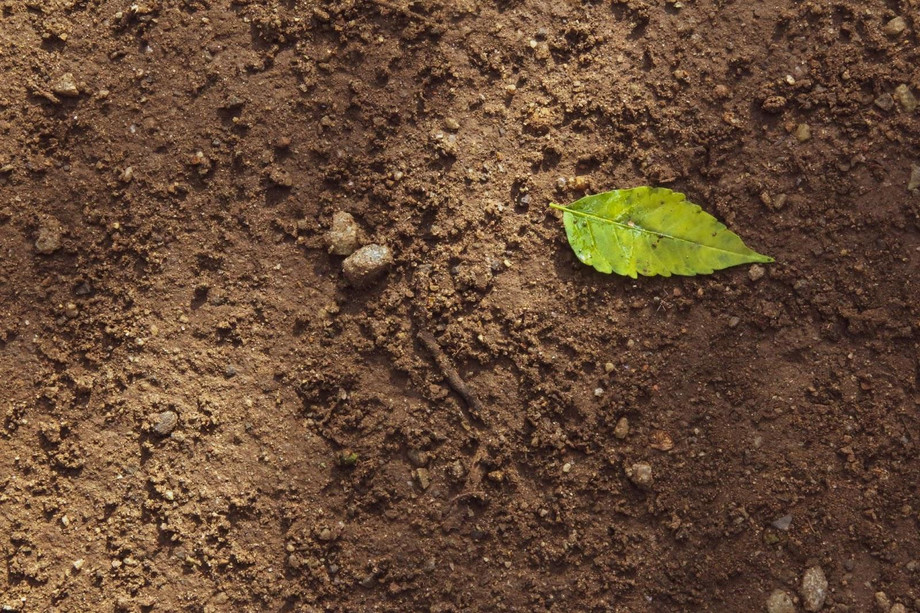Difference Between a Vibe Plate and a Rammer
Posted By ryno hire
Body
When it comes to compacting soil, gravel, or concrete in the construction industry, two popular pieces of equipment often come to mind: the vibe plate (also known as a vibratory plate compactor) and the rammer (commonly referred to as a jumping jack). Both tools are essential for achieving a solid, compact base for construction projects, but they serve different purposes and are suited to different types of jobs. Understanding the difference between these two can help you choose the right equipment for your next project.
What is a Vibe Plate?
A vibe plate is a piece of equipment designed for compacting loose materials like sand, gravel, and soil. It works by using a flat plate that vibrates on the surface of the material. The vibrations cause the particles in the material to rearrange themselves into a tighter configuration, leading to a more compact and stable surface. Vibe plates are available in various sizes and are typically used for compacting larger, flat areas. They are ideal for creating a smooth and level base for things like paving, driveways, and foundations.
Advantages of Vibe Plates
- Wide Coverage: Vibe plates are perfect for compacting larger areas efficiently.
- Versatility: They can be used on various materials, including sand, gravel, and mixed soils.
- Smooth Finish: They leave a relatively smooth surface, which is ideal for paving projects.
What is a Rammer?
A rammer, on the other hand, is designed for compacting cohesive soils like clay and silt, which require more force to compact effectively. Rammers deliver a high-impact force to the ground through a narrow plate or foot, which allows them to compact materials in a more concentrated area. This makes them particularly useful for compacting soil in trenches, around foundations, or in confined spaces where a smooth finish is not necessarily required.
Advantages of Rammers
- High Impact: Rammers are more effective for compacting cohesive soils that vibe plates may struggle with.
- Precision: Their design makes them suitable for compacting soil in tight or confined areas.
- Depth Compaction: They are capable of achieving greater compaction depths with successive layers.
Choosing the Right Equipment
The choice between a vibe plate and a rammer depends on several factors, including the type of material you're compacting, the size of the area, and the desired outcome. Vibe plates are generally preferred for larger, open areas and for materials that are non-cohesive, like sand and gravel. Rammers are the go-to choice for more cohesive materials when working in confined spaces or areas that require more precise compaction.
Both vibe plates and rammers play crucial roles in construction projects, offering different benefits depending on the application. By understanding the unique features of each, you can ensure that you select the right equipment for your project's needs, leading to a more efficient and successful outcome. Whether you're laying the foundation for a new home or preparing a driveway, Ryno Hire has the right equipment to help you achieve a solid, reliable base.












Comments